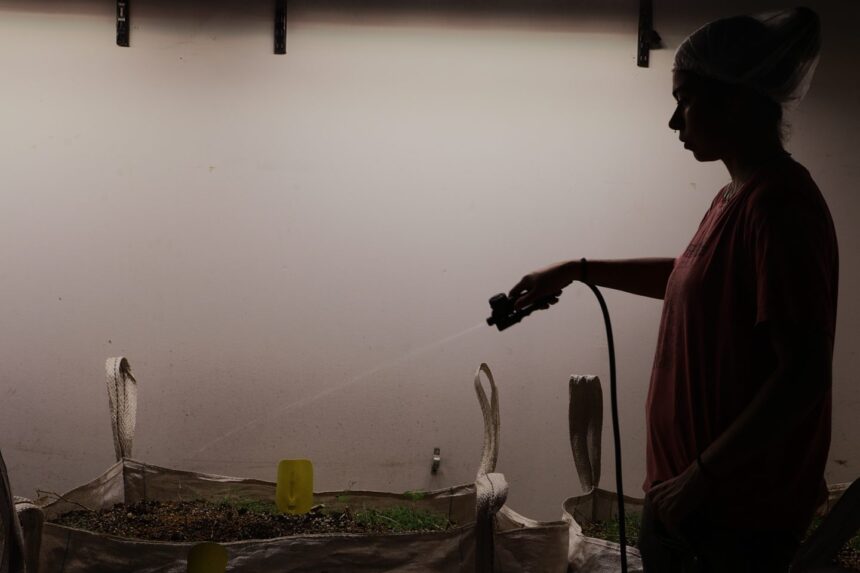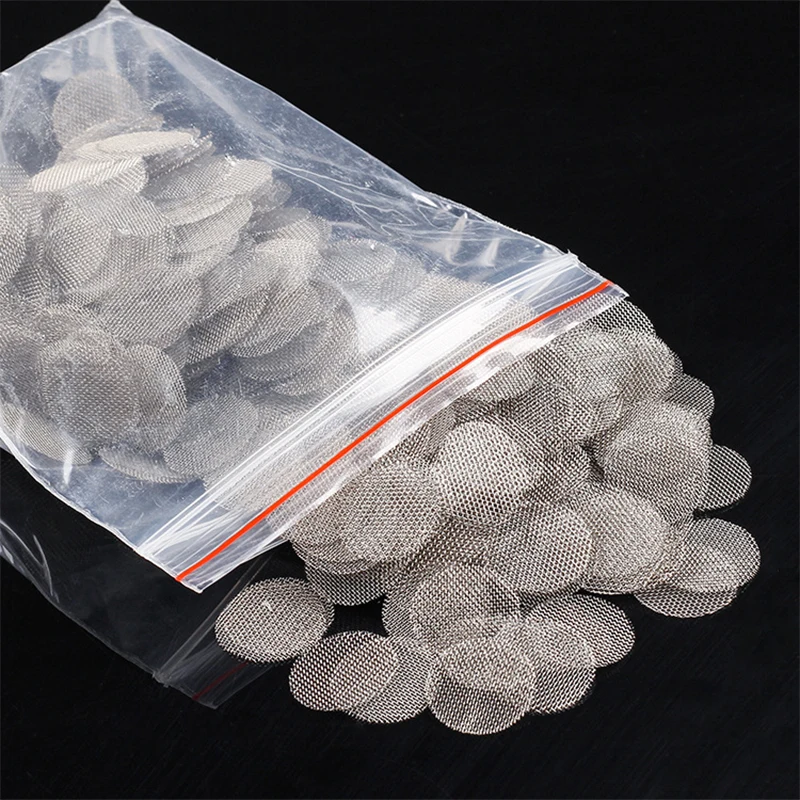The planet is dying, although some will still deny it. The data is unequivocal: according to the Intergovernmental Panel on Climate Change (IPCC), by 2030, the Earth will surpass 1.5°C of average global temperature compared to the pre-industrial era. This will only happen if the countries that signed the Paris Agreement meet their targets. But the situation is likely to be even worse. Not only because the U.S. withdrew from this international commitment, but also because environmental pollution shows no signs of slowing. According to an Oxfam study, the planet’s richest 1% needed only the first ten days of 2025 to emit their annual per capita share of carbon dioxide, calculated at 2.1 tons. That’s 77 million people earning over $150,000 a year, releasing roughly 76 tons of CO₂ every twelve months, primarily through private jet travel.
Another report from the United Nations Environment Programme (UNEP) states: “If the 2030 commitments were met, the global temperature increase would be limited to between 2.6 and 2.8°C. If current policies are not improved, the world will face a catastrophic 3.1°C increase.”
What does it mean for the planet to heat up relative to the pre-industrial era? “Rainfall will cause worse floods, droughts will ruin crops, and winds will sweep away entire cities. We also have disasters like the Dana storm in Valencia or the floods that submerged Florianópolis, Brazil. Extreme heat likely won’t be solved with air conditioning. Wildfires are becoming increasingly intense,” says Ariana Krochik, a young environmental activist from Argentina and co-founder of Consciente Colectivo. “2030 will not be different from today. It will be more intense,” she adds.
“The IPCC says that the main front of climate change is the actions humans can take to slow these processes. But it’s very complicated to stop them, given how we are today and how this will affect humanity as a whole. Addressing the climate crisis is impossible without questioning our production models and food consumption. The global food system accounts for one-third of greenhouse gas emissions,” Krochik adds.
“Southern countries are the planet’s great environmental creditors because we provide our land for the development of northern countries,” Krochik explains, referring to a model imposed by multinational corporations such as Bayer and Syngenta through what’s known as the technology package. “For commodity production (soy, wheat, and corn), genetically modified seeds resistant to various agrochemicals—herbicides and pesticides—are used. Fields are sprayed to eliminate weeds, insects, and fungi: everything. Biodiversity is lost, and these chemicals poison people, causing cancer, birth defects, or miscarriages. Water is contaminated, and soils become desertified. These crops are destined for export, not for feeding society. In a country like Argentina, where more than 50% of the population lives below the poverty line, this is critical.”
This production model also requires deforestation to cultivate genetically modified seeds, creating a vicious cycle that exacerbates the environmental crisis. “When it rains, floods are worse because there aren’t green spaces to absorb water,” adds Krochik.
Despite the bleak scenario, Krochik does not wait for the apocalypse on her couch. Every day, she works to steer society toward a new path. But what is that path? “Change the way we produce,” she replies without hesitation. “Food sovereignty is a desirable model. It emerged from the 1996 Food Counter-Summit and was proposed by La Vía Campesina, an international organization of small-scale farmers. It speaks to the right of each community to decide its own forms of production and consumption to ensure adequate nutrition. We’re not talking about commodities, but a model that is harmonious with both the environment and society.”
In Argentina, there are hundreds of projects aimed at creating a fairer and environmentally friendly production model. One example is the healthy bar VENÍ, where University of Buenos Aires students reclaimed an abandoned space to build an agroecological garden, selling meals for $1.40. Another success story is La Aurora Agroecológica, located 400 kilometers from Buenos Aires, operating a 650-hectare pesticide-free farm that remains profitable. In 2016, this initiative was recognized by the United Nations Food and Agriculture Organization (FAO).
These alternative production models have also extended to the cannabis universe in Argentina. A particular phenomenon has emerged: Living Soil and regenerative cultivation techniques are no longer exclusive to home growers seeking higher-quality flowers for personal use. This has become a real industry, with civil associations producing dozens of kilos per month and small companies selling the necessary supplies.
A Natural Club
Culta is a civil association that produces and distributes cannabis to individuals registered with Argentina’s Cannabis Program (REPROCANN), a system under the Ministry of Health that grants permits for medical users. The club was founded over three years ago by a group of young cannabis activists and now has 112 members at its Almagro headquarters in Buenos Aires.
Culta stands out for its horizontal organization and low prices for buds, resin, and oils. Flowers cost around three euros per gram. One unique feature is that they were the first club in the country to grow using the Living Soil method. “For us, the key is the soil. We don’t work with inputs, but with processes,” says Cristian Borgo, 31, one of Culta’s founders, inviting High Times to see the room where the soil is alive.
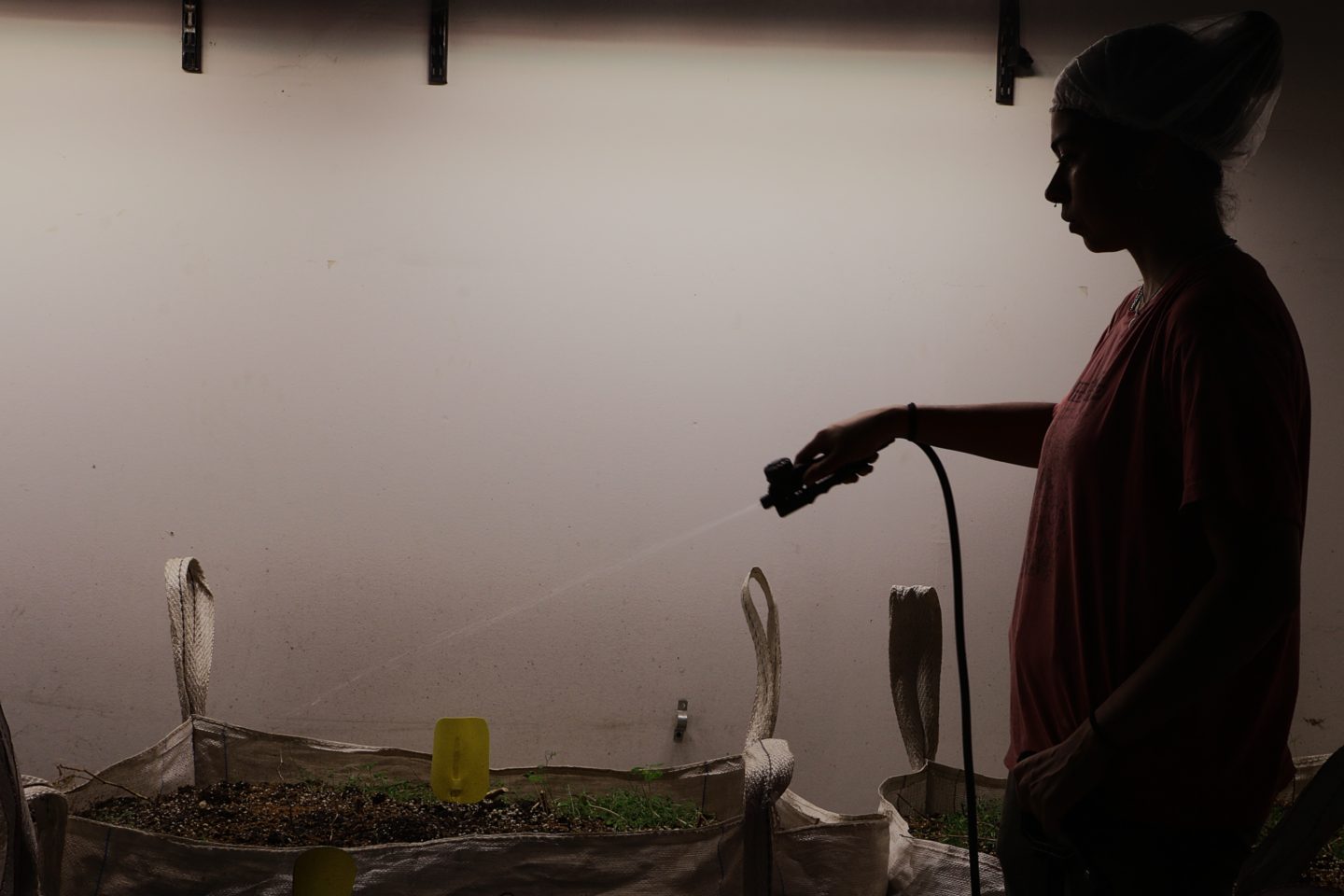
The first area in the grow room houses four large bags storing up to 500 kilograms of substrate each. “After harvest, we dump all pots into these bags. We carry out both biological and mineral amendments: compost, humus, microorganism inoculants with microkashi, biochar, and powder of rocks. They remain in regeneration for two months with controlled humidity, light to support vegetation growth, maintaining mycorrhiza activity and soil nitrification. We lighten it with vermiculite, perlite, and coconut fiber, and add eleven species of clover and other small plants layer by layer,” Borgo explains.
Next to the soil recycling area is a plastic curtain. Behind it, a metal door leads to the vegetative room. Before entering, everyone sprays diluted alcohol and wears hair nets. Borgo notes that these practices have significantly reduced pests, especially during hot seasons.
In the vegetation and propagation room, 28-year-old Luana Pruyas oversees plant growth. Petite but strong, she lifts 30-kilogram pots with skill. She is methodical and tracks everything on her tablet: plant lineages, phenotypes, and which plants proceed to flowering.
Her main mission is selecting the 162 best plants for flowering and deciding which ones will be cloned. With no formal agricultural education, she says, “My prior knowledge as a home grower was limited to growing a plant and applying fertilizer. Arriving here two and a half years ago blew my mind. I fell in love with seeing a plant get exactly what it needs from the soil. I took courses on soil regeneration.”
Like a secret agent’s bunker, Culta’s grow room has a new door to the flowering room, where 324 plants await: half overflowing with green and purple buds, the rest just beginning to show pistils. “Some are further along than others. This process allows us to harvest 162 plants per month and reduces total labor,” explains Borgo. Master grower Matías Cosentino adds, “We use a lighter substrate so roots can expand more easily. This is the main difference from the vegetative room, aside from light intensity and transpiration rates.”
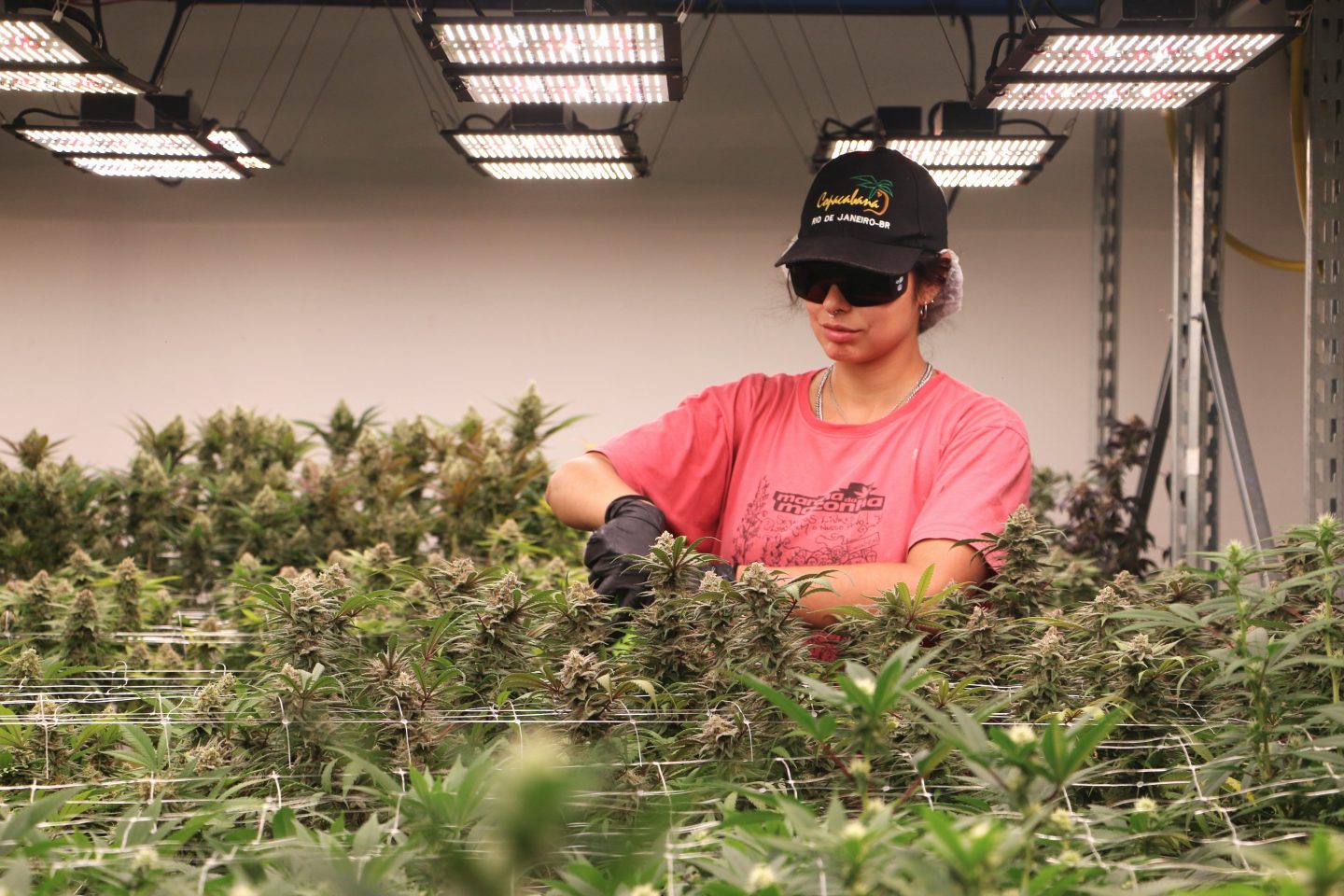
Culta’s cultivation relies solely on biological fertilizers. “Our nutrients come from microorganisms added to the soil, decomposing elements into plant-available nutrients. Microbes need a moist environment,” Borgo explains.
Each month, Culta harvests 3–4 kilograms of dried cannabis flowers, about 25 grams per plant. Using chemical fertilizers could increase production by 25%, but costs would rise by 50%. Borgo emphasizes the environmental benefits: reduced carbon footprint, less plastic waste, and cleaner water. “We aim to contribute responsibly, not just to cannabis culture, but agriculture in general. Today, we have an organic product we defend proudly.”
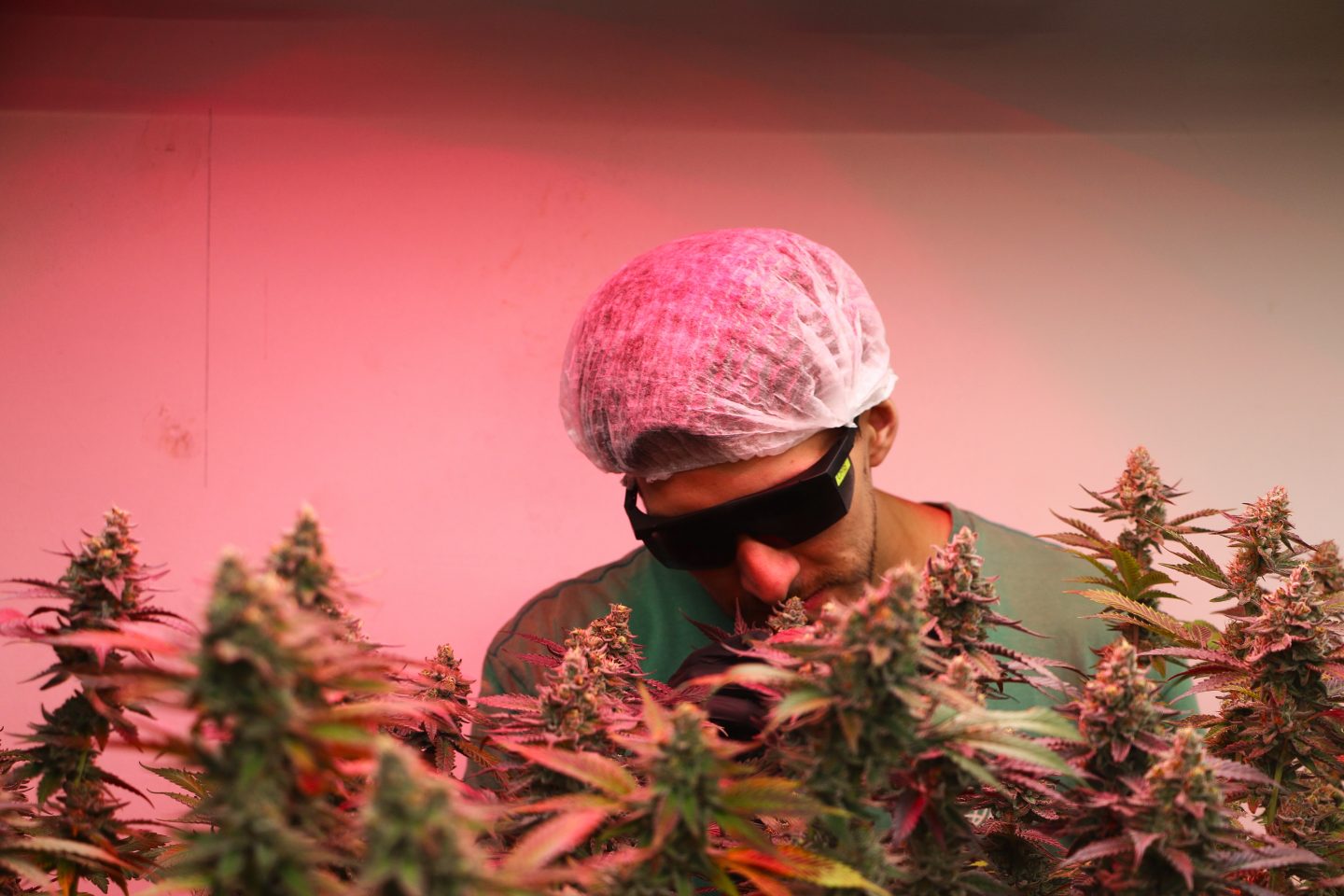
Living Soil also enhances flavor. “Terpene presence is stronger, organoleptic compounds are higher, and the taste is tastier,” Borgo notes. After extensive personal experience, the author confirms: living soil flowers taste clean, fresh, and authentic—unlike chemically grown flowers, which all taste the same.
At the back of the flowering room, 30-year-old Agostina Barriento trims leaves from nearly mature plants, depositing discarded material into recycling bins for substrate reuse. “Everything is recycled here,” she says. “I studied aviation before joining Culta. Cannabis is not just something you smoke,” she explains.
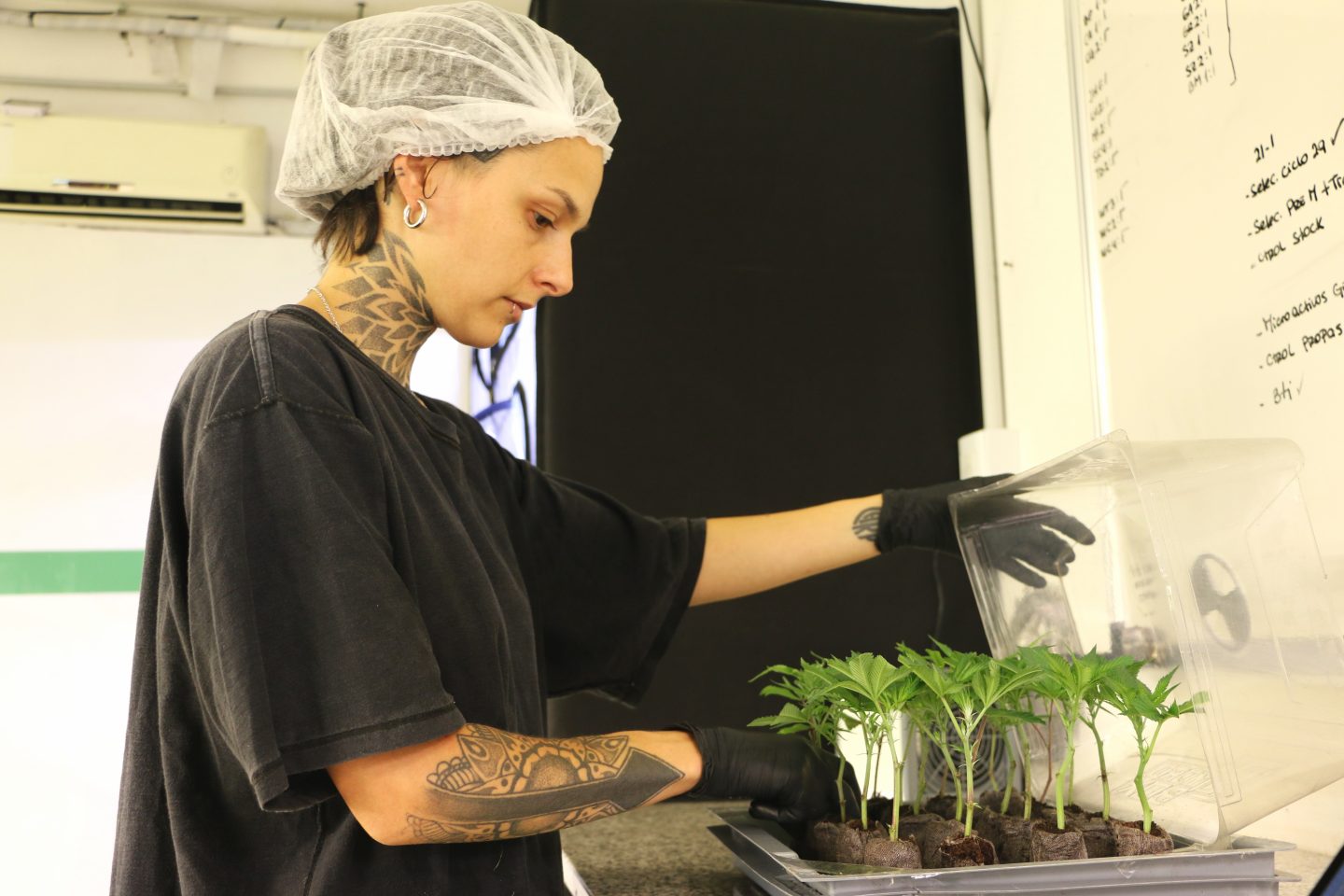
“Understanding the plant-soil relationship amazed me. It opened a whole world. Seeing plants grow in concrete blows my mind. Every time I see a yellow leaf, I wonder: what’s happening here?” Yiyi says. She doesn’t rule out returning to aviation in the future: “Maybe someday, but today I fly in the grow room.”
The Secret of Soil
Most of Culta’s inputs, like microkashi and biochar, come from Cannabunker, founded five years ago by Tomás Sorz, 32, a pioneer of living soil in Argentina. In 2022, he trained over 200 students as natural growers in an eight-class course covering chemical fertilizer impacts, soil microbiology, and home-prepared plant ferments. Today, Cannabunker supplies 95 social cannabis clubs with complete regenerative grow kits.
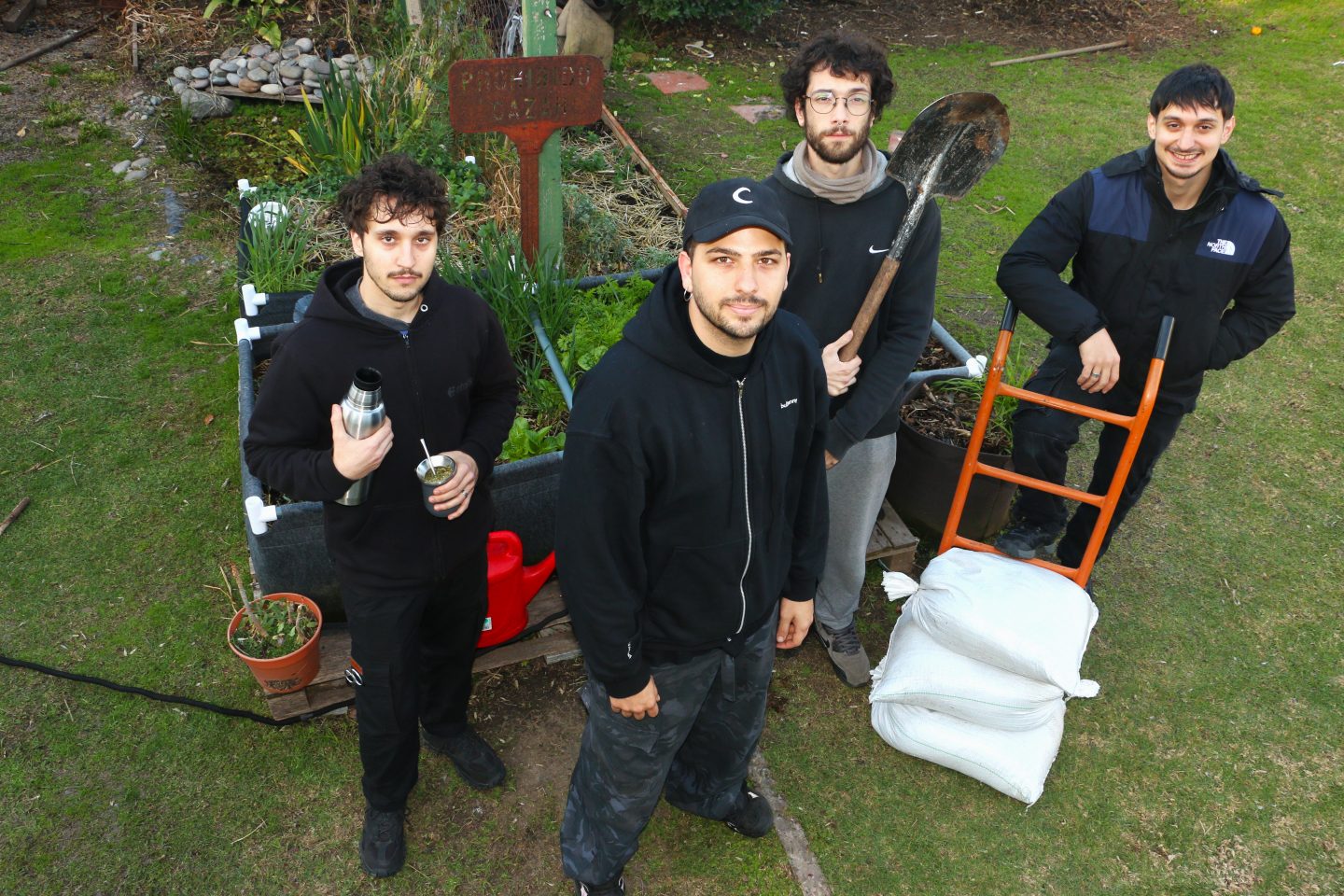
Sorz’s journey began at 14, when he tried marijuana despite his family’s warnings. The bitter Paraguayan strain inspired him to explore cannabis cultivation. Early indoor grows failed, but he persisted.
In his parents’ attic, he germinated seeds and harvested his first plants in secret. A trip to Spain brought new genetics and top-tier fertilizers, yet failures continued. “I spent a year and a half without growing, then studied old-school California growers like Jorge Cervantes. I learned soil cutting improves aeration and that clovers capture atmospheric nitrogen.”
Sorz adopted Korean Natural Farming (KNF), created in 1965 by Cho Han Kyu in Japan. KNF leverages native microorganisms to create fertile soils without chemical fertilizers or pesticides. “Rice fields using KNF were more productive than conventional neighbors,” Sorz explains. “In Cannabunker’s Tigre facility, we replicate this for cannabis. Living soil is purchased once, improves over time, and nutrients are renewable from plant biomass. Compost is sacred. We enhance raw materials for efficient natural processes.”
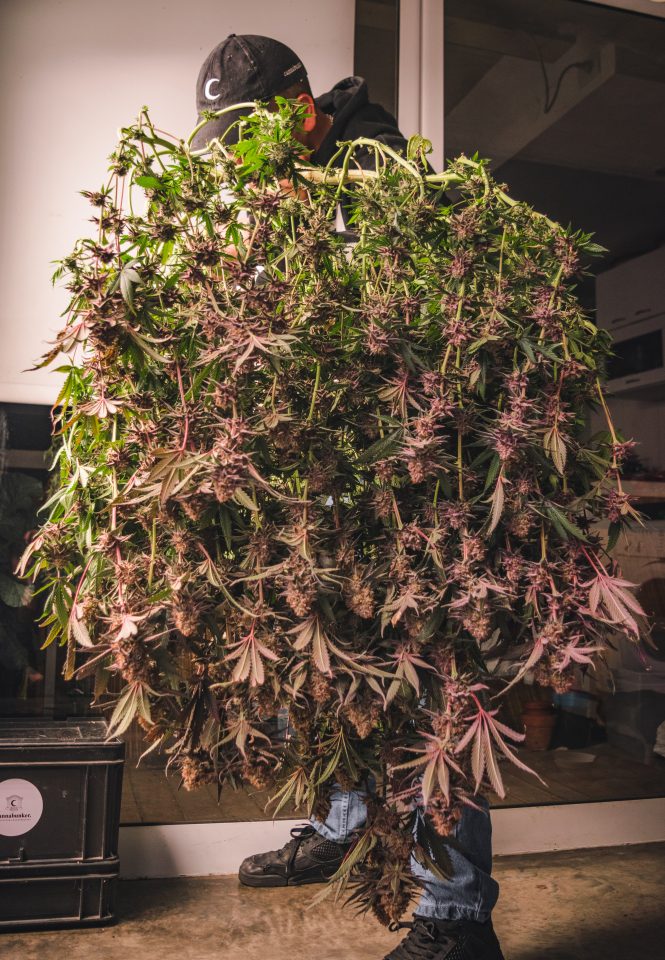
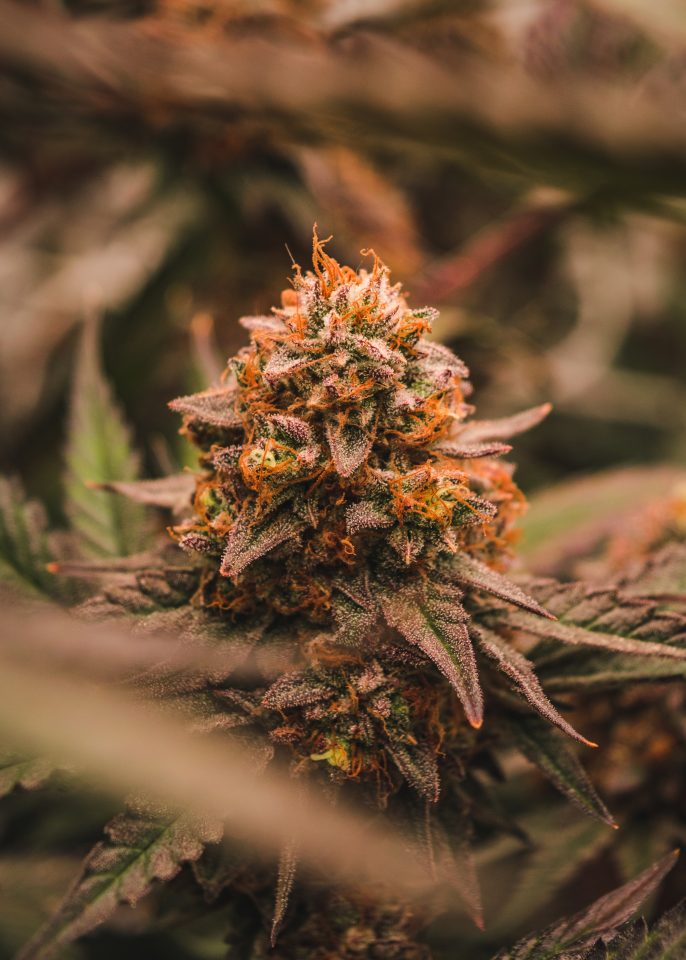
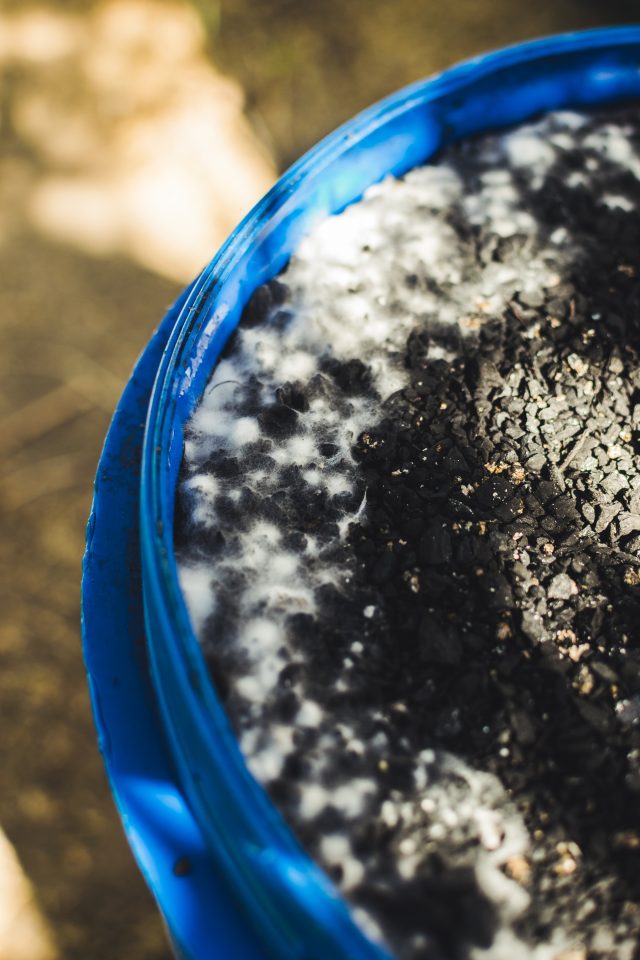
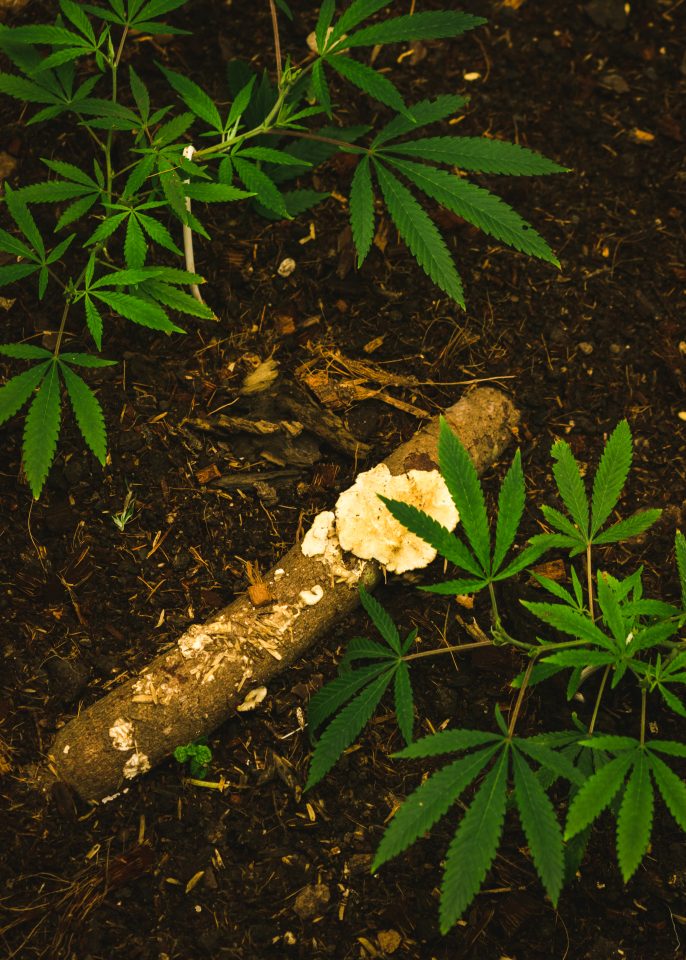
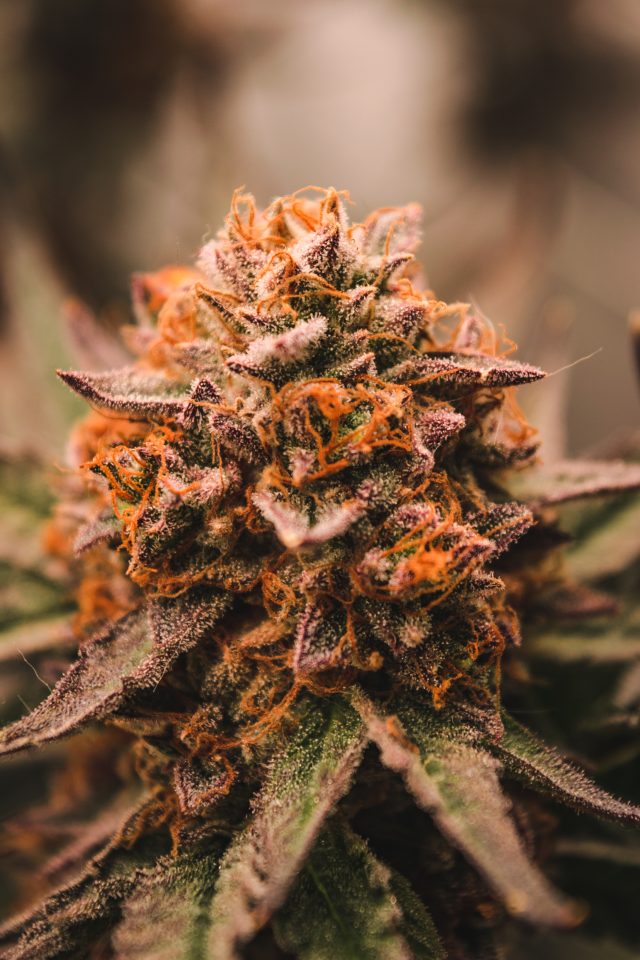
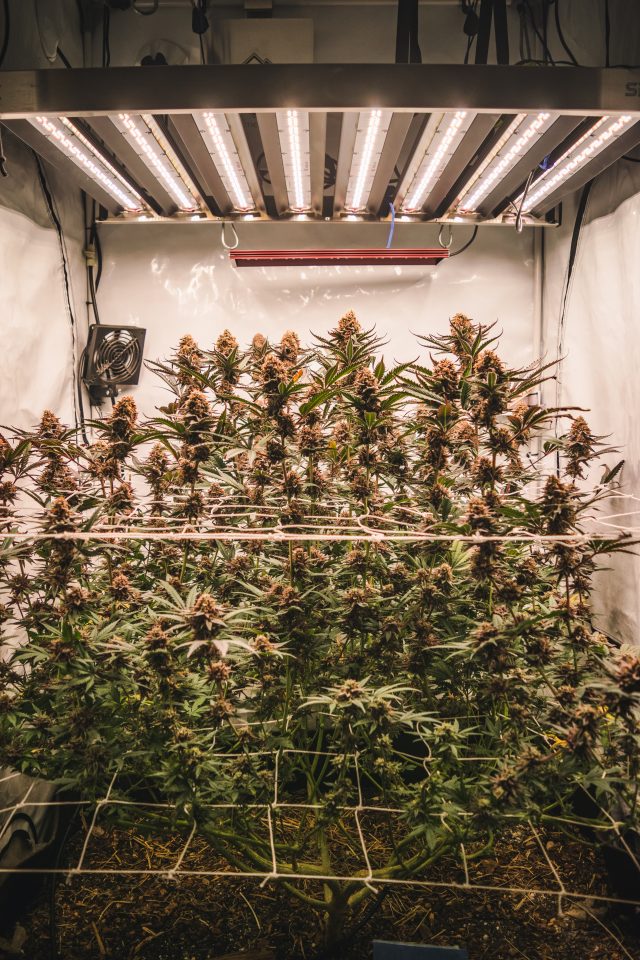
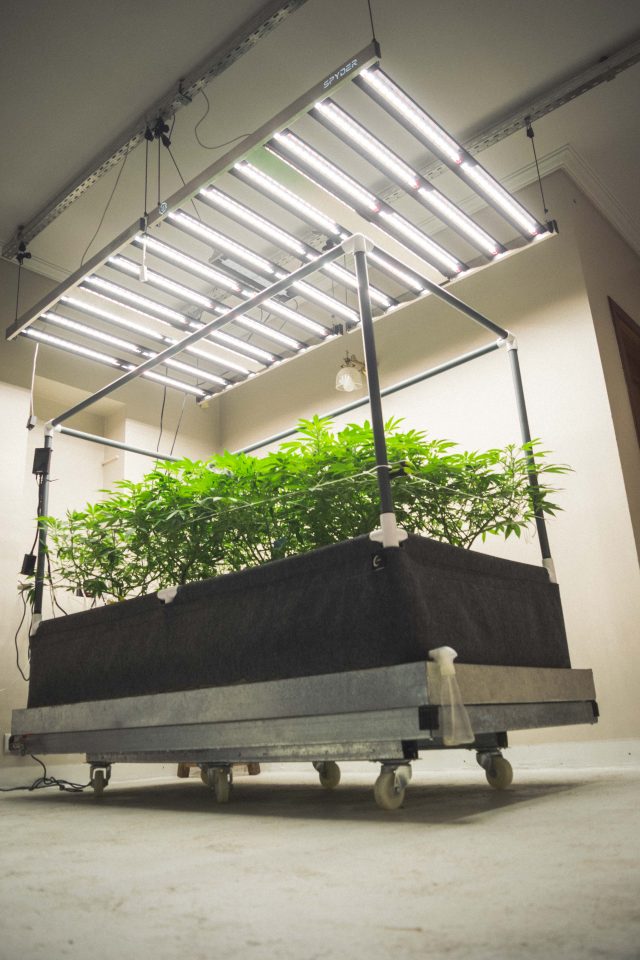
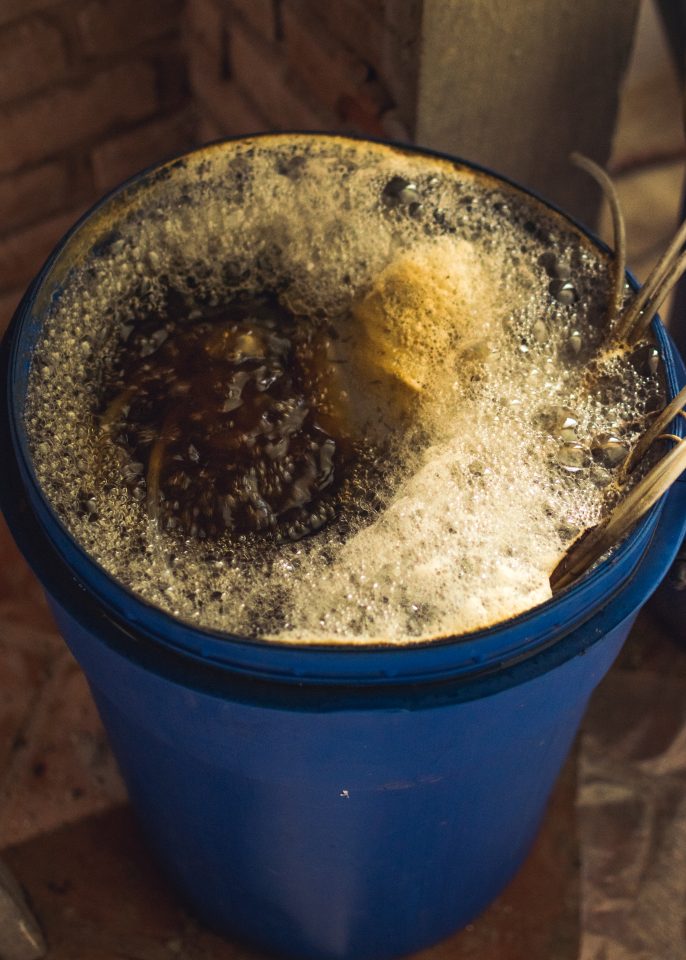
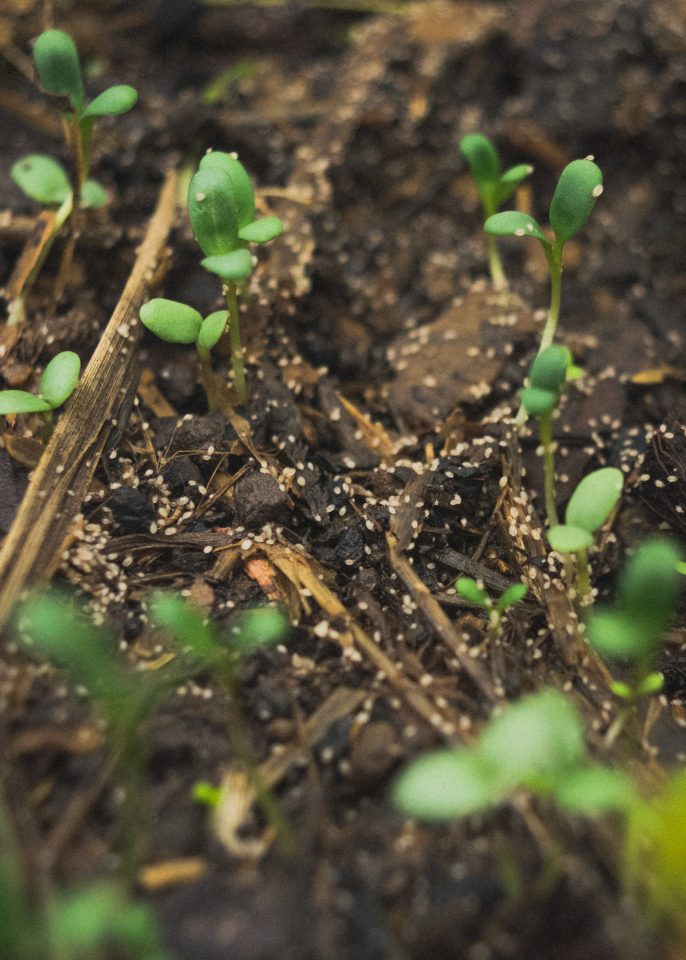
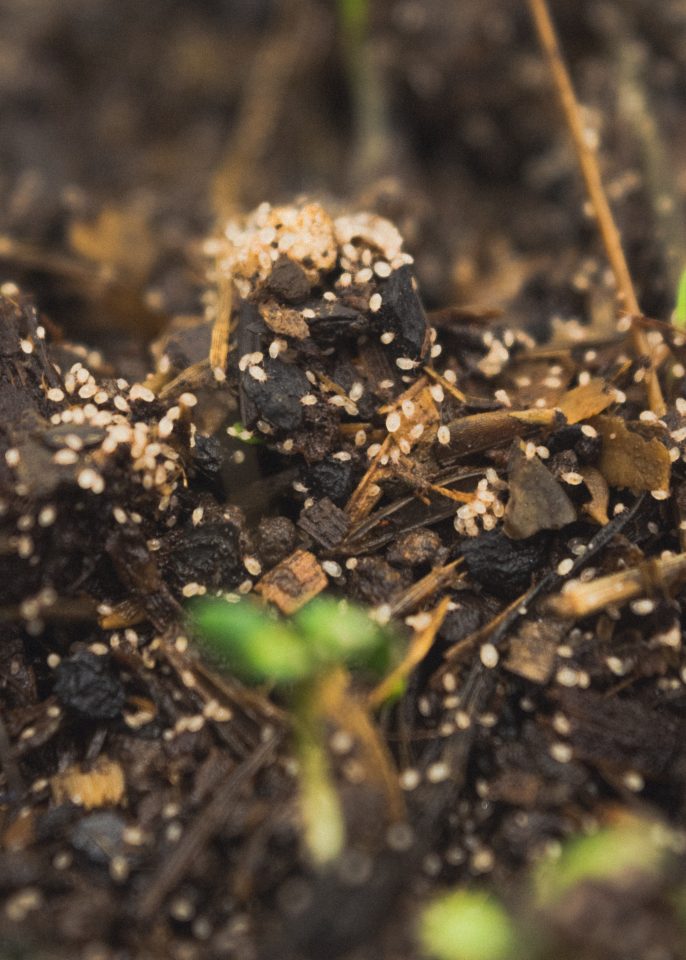
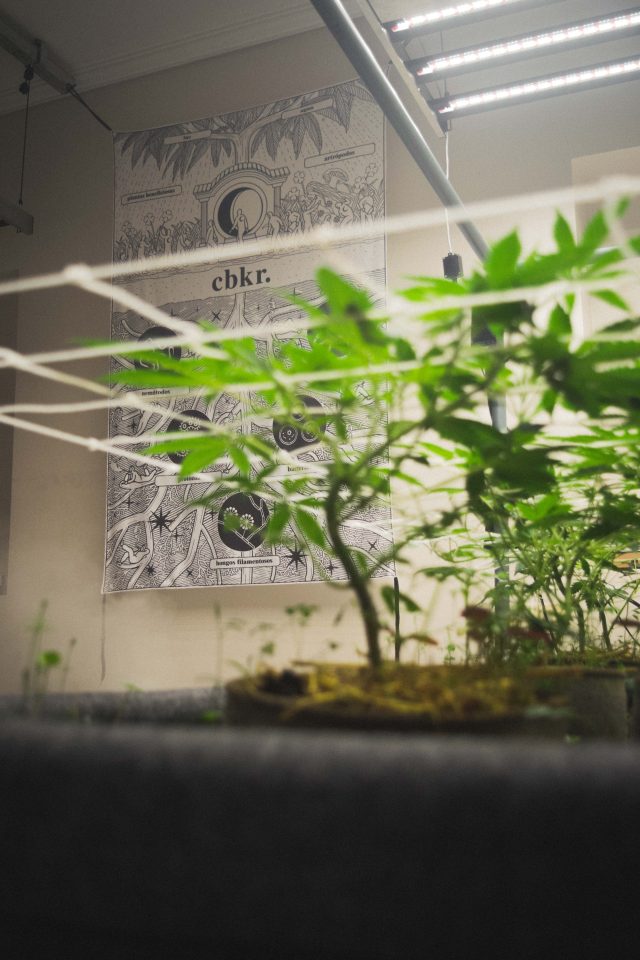
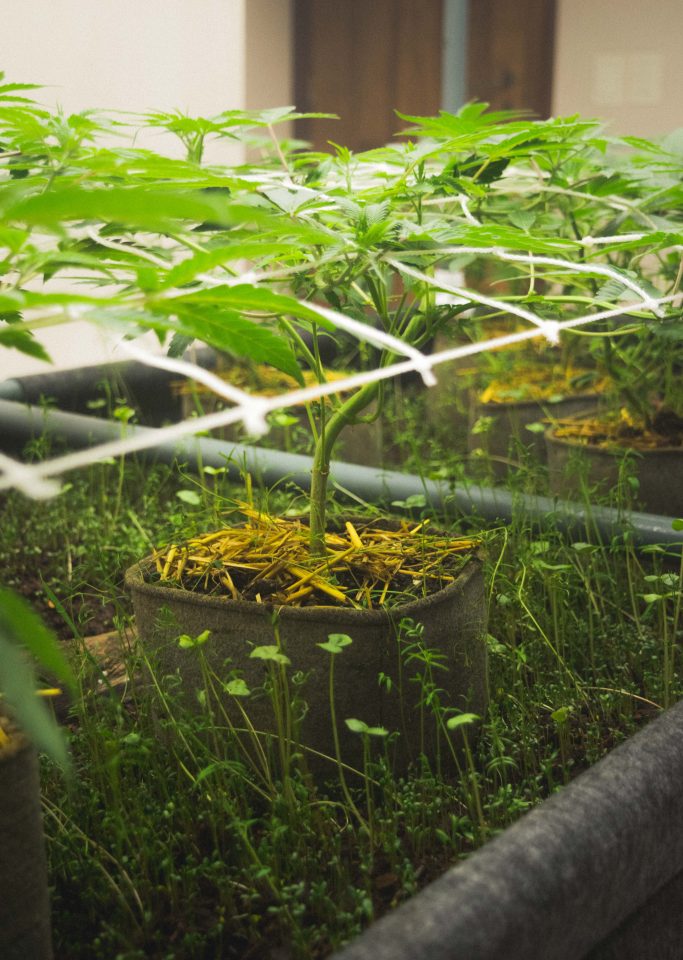
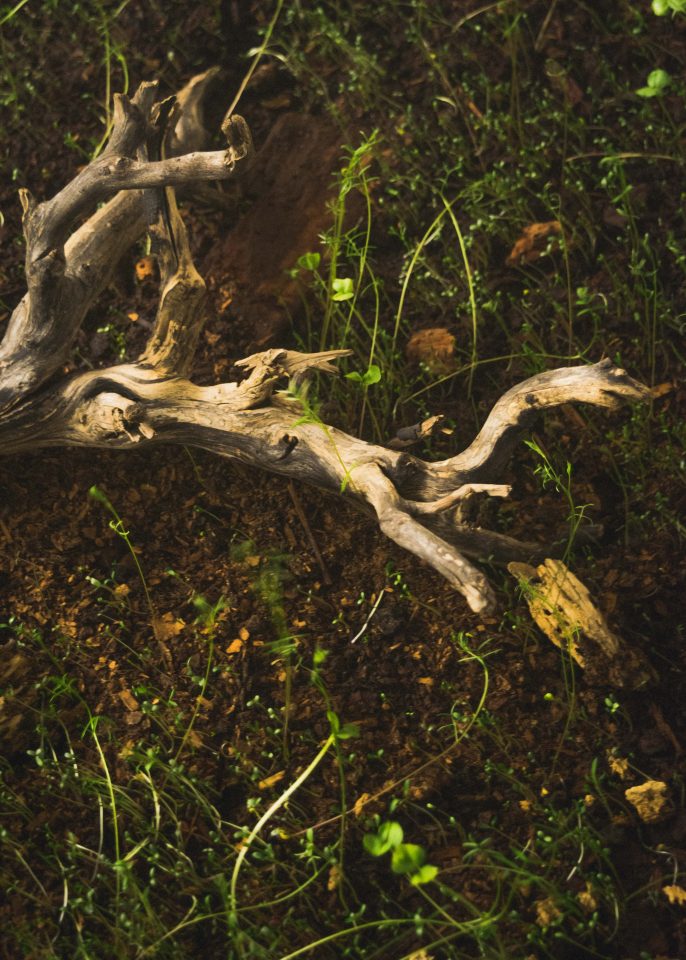
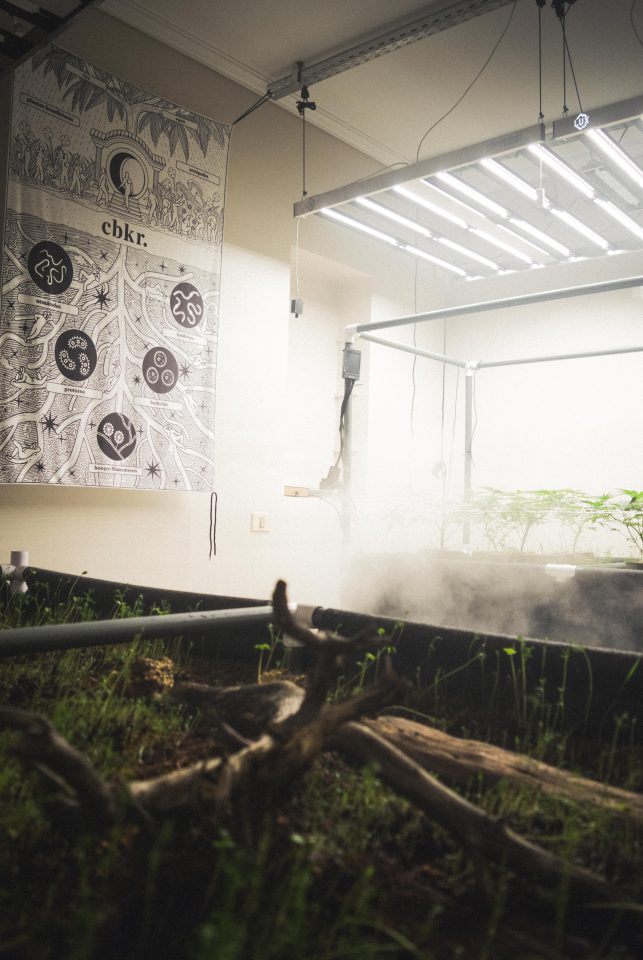
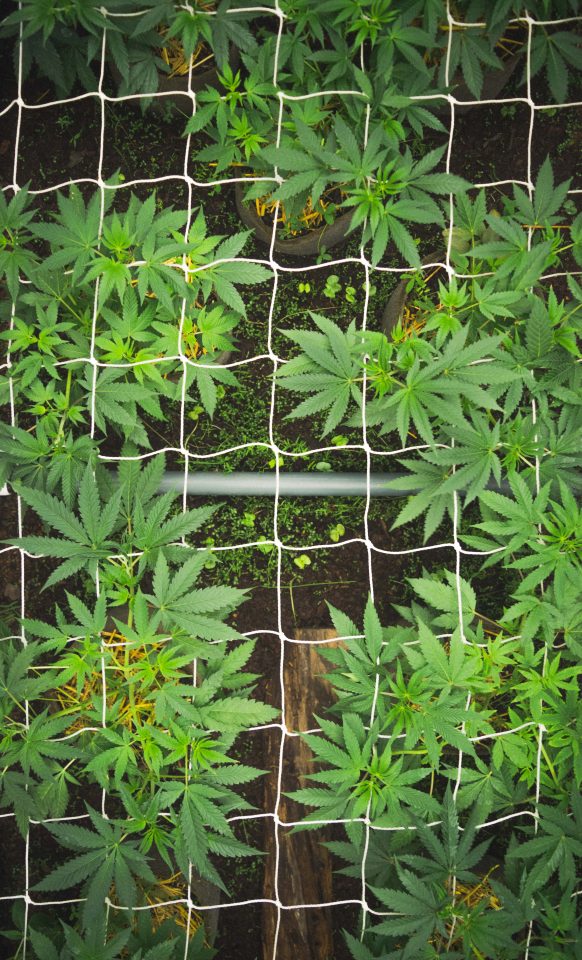
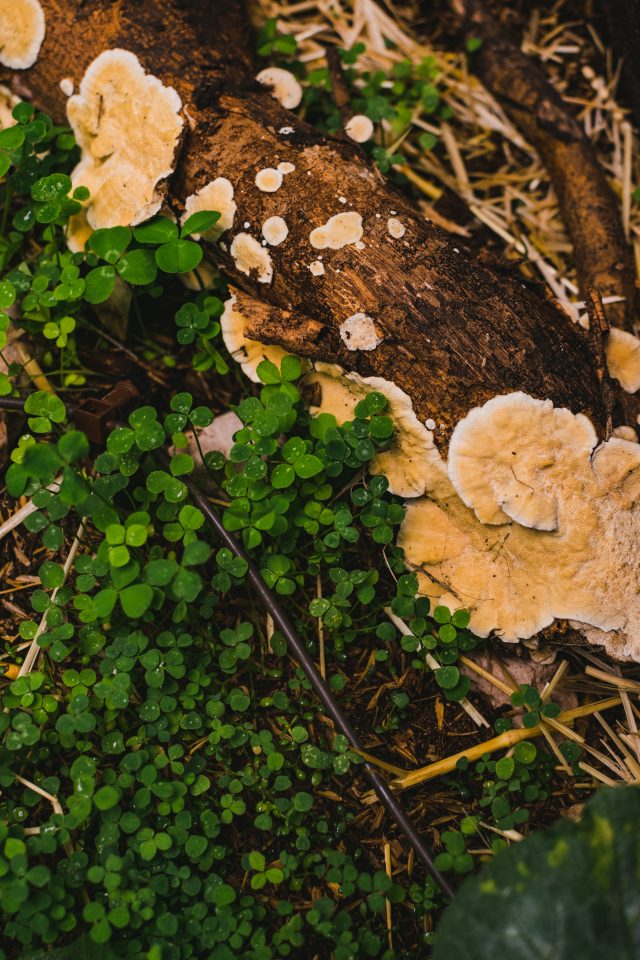
Asked why new cultivation methods matter, Sorz says: “The industry tells us chemicals are necessary to feed the planet, but tons of food are wasted. If we don’t change production methods, arable land will disappear in the coming years.”
New Seeds
Awareness of agrochemical harm is growing. Alina Cantó, trained in environmental management, nutrition, and agroecology, works on regenerative projects like the Centro Comunitario Agroecológico Patria Grande (Big Nation), a concept that Latin America is “a single mestizo community, from Mexico to the Strait of Magellan,” as Ernesto “Che” Guevara once said. “Agrochemicals contaminate air, water, biodiversity, and affect farmworkers’ health,” she says.
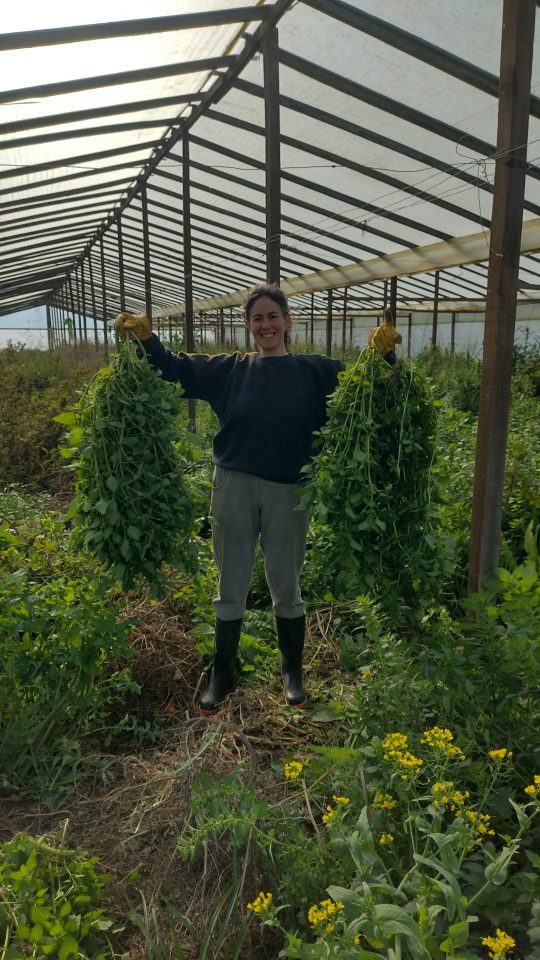
Cantó promotes sustainable models emphasizing food sovereignty, fair trade, animal welfare, and soil regeneration. She taught hundreds of students through the Argentine Regenerative program, now defunded, and plans an experimental hemp crop at Patria Grande. “Hemp is a bioremediator and bioaccumulator. It’s ideal for restoring soils previously treated with chemicals.”
While living soil is not originally Argentine, the country has embraced it heroically. Regenerative cultivation pioneers include Cho Han Kyu (Korea) and U.S. innovators like No Till Kings, Build a Soil, Flora & Flame, and Yellow Skunk Farms. At the southern end of the world, a subcultural movement grows relentlessly, aiming to save the planet with sustainable cannabis. Culta’s master grower, Matías Cosentino, summarizes: “Coming into the grow room motivates me. What we build today can be relevant tomorrow. With the knowledge we replicate, we may improve food production and ecosystems in the long run.”





